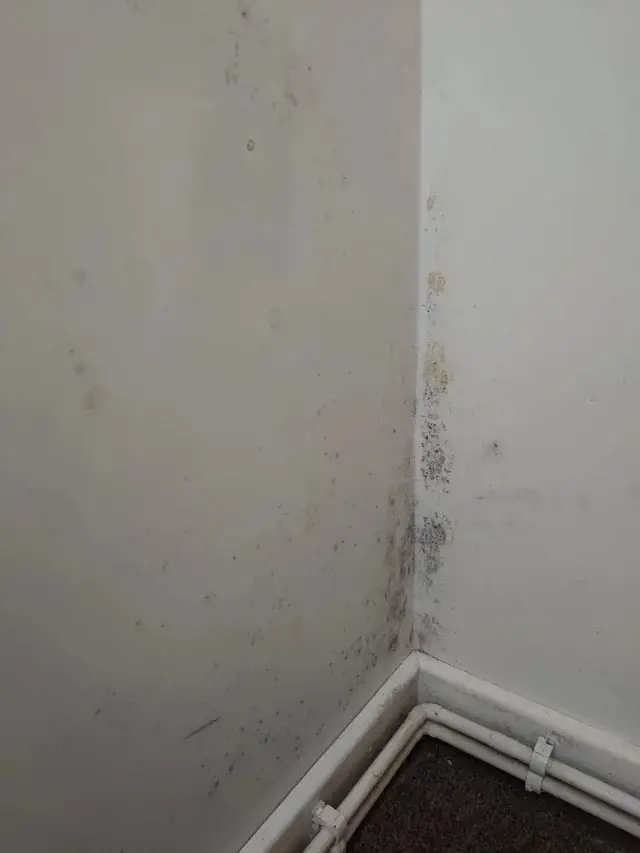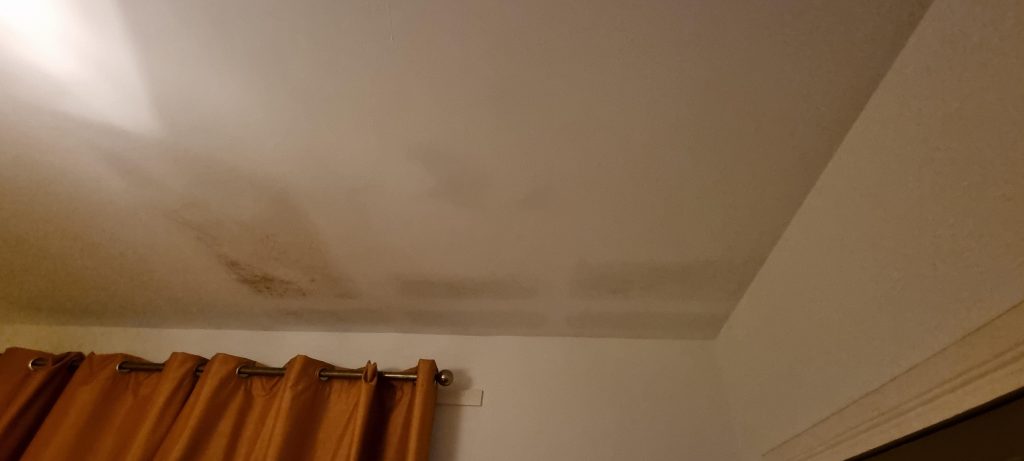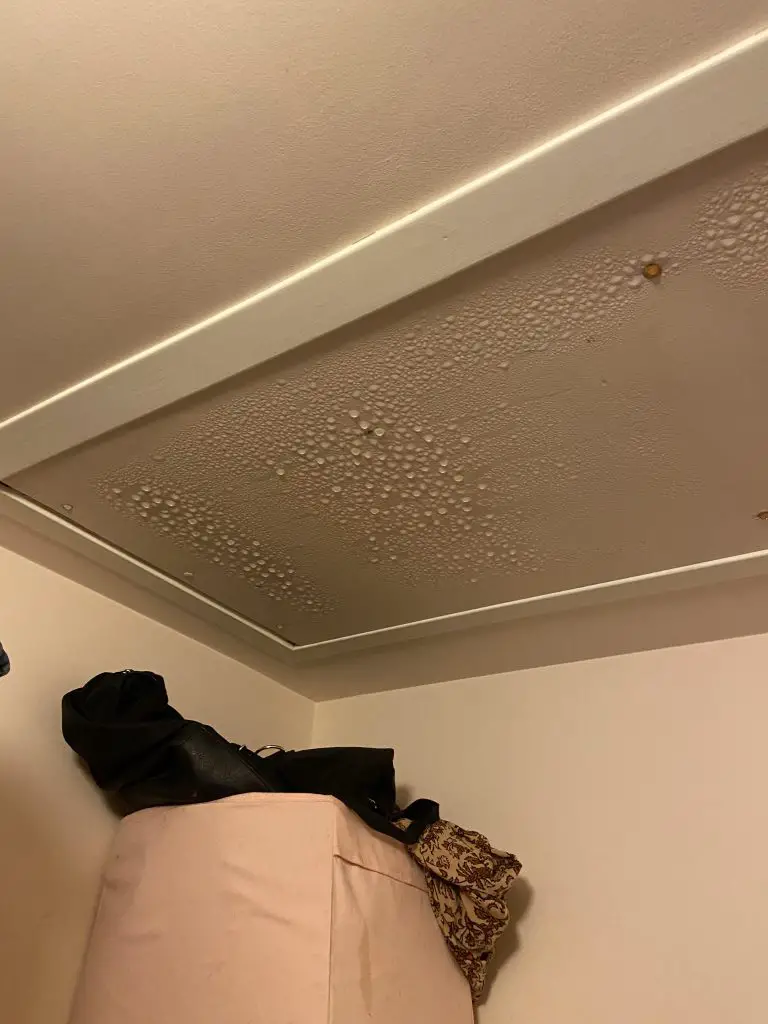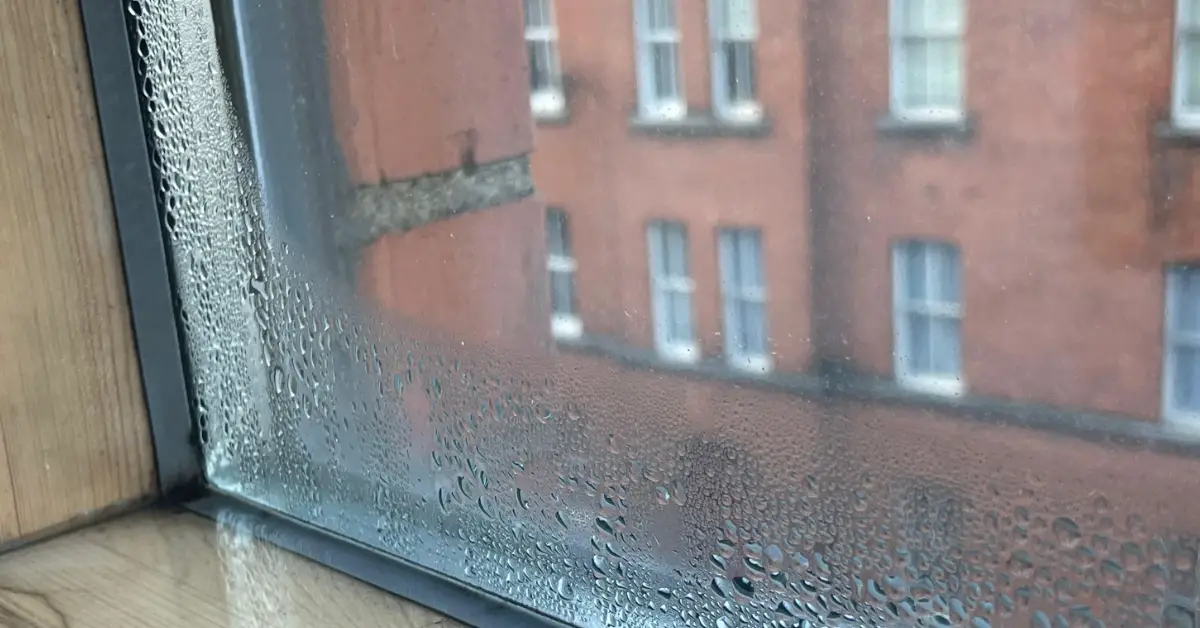Condensation Dampness – A thorn in the side of old houses!
Condensation dampness is incredibly common throughout homes, especially in the colder winter months. Both new and old homes can suffer from condensation dampness, though the construction techniques used in older homes make them especially susceptible.
Any form of dampness can be stressful for a homeowner, as it can affect our health and cause damage to our homes. In order to treat condensation-related dampness, it is best to learn exactly why it occurs. Once you have a better understanding of why it occurs you can use this new knowledge to treat the problem in your home.
Signs of condensation dampness
There are a few tell-tale signs of condensation dampness to look out for.
It will be most common around the exterior walls and windows of your home due to the nature of condensation and why it occurs. We will go into more detail on the why’s very shortly.
One of the main signs of condensation dampness is excess moisture on surfaces. Look for cold spots around your walls to see if water is condensing, most likely in the corners. Due to the nature of a window, they can often get cold during the winter months, especially in older houses with single glazing. Water will likely condense around these areas leading to potential problems with dampness.

Black mould on walls or surfaces is often the clearest indication of a condensation damp issue. In comparison to penetrating damp, condensation dampness tends to form in patches of spotty black mould. Penetrating dampness on the other hand tends to form in patches from the excess moisture that seeps into your walls.
If you like to learn more about how to spot penetrating damp you can view our full guide.

Homes with damp and condensation problems also tend to have a typical smell. It will often be most noticeable once you’ve left the property as it can often ‘hit’ you when you come back and open the front door.
What is condensation damp?
Unfortunately, our homes are full of moisture, which flows through the air. This moisture is created from breathing to day-to-day activities such as showering and cooking.
If you think back to your school science lessons you will remember that water is both a gas and a liquid. Condensation occurs when water as a gas hits a cold surface, which drops it below the dew point and turns it into a liquid.
If the cold surface is one of your walls it means it will potentially lead to water continually condensing as it hits against it.
Condensation in old houses
Unfortunately, condensation dampness in old houses tends to be more of a problem compared to a modern-built home.
The reason is all down to how the home’s walls were constructed. In older-period properties, typically built before the 1920s a single masonry wall was used.
Construction then shifted to the cavity wall method, meaning houses were built with 2 walls with a gap (cavity) in-between.
The benefit of this was that the exterior wall is able to act as a barrier against the elements. In single-layer houses, water can potentially seep right through onto your interior walls.
In relation to condensation dampness, single masonry walls also tend to get a lot colder if not heated correctly. This means a higher likelihood of water condensing against the wall leading to more dampness problems.

How to fix condensation dampness
The steps to fix condensation dampness are largely the same for both old and modern homes. In order to fix it you need to think about a few key tenants mainly ventilation and temperature.
- Ventilation – by increasing the amount of ventilation in your home you enable the moisture in the air to disperse which avoids it from condensing against the surfaces of your home. Adding mechanical ventilation throughout your home such as a bathroom extractor fan and kitchen extractor will help remove excess moisture from the air. Even just having a window slightly open when sleeping can be a major help.
- Temperature – keeping your home heated will also reduce the number of cold surfaces where condensation can form. This is why condensation often spikes terribly during cold spells. It is recommended to try and keep your home evenly heated throughout the day. Rather than turning your heating on and off at regular intervals, try running it consistently at a lower temperature such as 15 degrees c. This helps ensure walls and surfaces remain warm and helps avoid dreaded cold spots.
- Dehumidifier – although never a solution to the problem, dehumidifiers can help remove excess moisture from the air. Running a dehumidifier during the colder months when condensation tends to be high, can be a good tactic. What must be remembered is that a dehumidifier will never solve your issues totally and should be used in conjunction with other methods.
Any type of dampness can be frustrating however if you keep some simple tenants in mind you can often quickly get damp under control. Check out our full series of guides on damp in old houses.



Leave a Reply